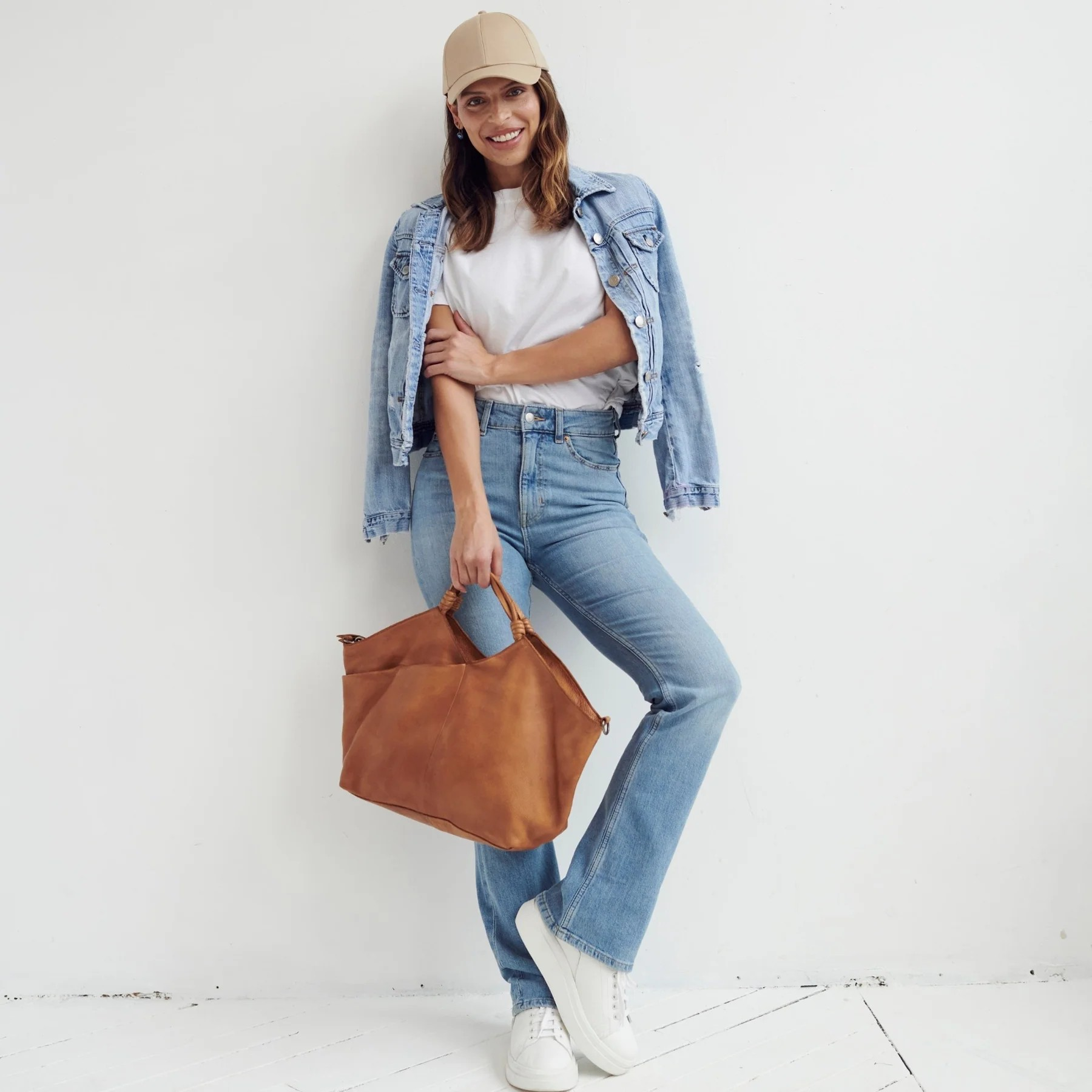
What Is Waxed Leather? The Ultimate Guide
Navigating the world of leather can be daunting, with many types and treatments to choose from. Waxed leather stands out for its unique charm and durability. But what exactly is waxed leather, and how do you properly care for it?
In this guide, we'll explore the intricacies of waxed leather, how it's created, why it's a popular choice for leather purses and jackets, and the best practices for maintaining its luster and longevity.
What Is Waxed Leather?
Waxed leather derives its name from applying wax to full-grain leather. The wax smooths out the leather texture and is a defensive shield against moisture, scratches, and cracking, ensuring refined artistry and lasting resilience.
Waxed leather can be easily identified by its unique appearance and texture. It has a shiny, sometimes slippery feel and a distinctive matte appearance with a subtle gloss finish. Additionally, waxed leather is known for its ability to show light scratches, which you can often buff out to restore the leather's smooth surface.

Popularity & Applications
Waxed leather is extensively used to manufacture bags, jackets, boots, and other items. The great thing about waxed leather is that it molds to its use over time, contouring beautifully to create an antique-looking patina. This aging process makes every piece fashioned from waxed leather unique, representing the user's lifestyle.
History of Waxed Leather
The method of waxing leather dates back to primitive times, when the inherent need for waterproofing brought about the discovery of this technique. Fishermen and sailors who valued its water-resistant qualities coated the leather with oils and wax. This substance filled the porous surface of the material, enabling it to withstand the harshness of the humid climate and seawater.
Waxed leather's development continued on land in the horse-riding culture. Riders sought durable, weather-resistant material to protect them from the elements, resulting in waxed leather saddlebags and boots, emphasizing the material's functionality.
Types of Waxed Leather
There are several categories of waxed leather, each with its unique benefits, applications, and care needs:
- Vegetable-tanned waxed leather: Known for its rich color and robustness, vegetable-tanned waxed leather is ideal for sturdy items like footwear and bags.
- Chrome-tanned waxed leather features a high wax content and luxurious look and is often used in high-end furniture.
- Aniline waxed leather: This leather is treated with natural oils and resins for a deep color and superior durability, making it perfect for clothing and accessories.
- Oil-waxed leather: Applying oily wax to full-grain leather creates a distinctive antique patina. This type of leather is durable and provides a soft, supple feel, making it a favored choice for accessories that benefit from a vintage look.
- Pull-up wax leather: Recognized for its color durability and bold fashion statement.
- Wax non-sanded leather: It retains its natural grain and texture and is suitable for unique, rustic items.
- Wax-milled leather: Milled for a soft, pebbled texture, commonly used in upscale bags and accessories.
Common Uses of Waxed Leather
Fashion & Accessories: Waxed leather transforms everyday attire into a style statement. Jackets made from waxed leather aren't just aesthetic—they're practical. Waxed leather elevates accessory items like bags and boots. Full grain waxed leather treated with oily wax adds a slight sheen, enhancing the visual appeal.
Furniture & Upholstery: In home interiors, waxed leather manifests its magic in furniture and upholstery. Its inimitable thickness enhances the aesthetics and adds to the furniture's longevity.
Outdoor Gear: Waxed leather shines in outdoor gear. The wax used in treating leather changes the game for outdoor items like hiking boots or camping gear. With added water and stain-repelling qualities, these items thrive in the great outdoors.

How Waxed Leather Is Made
Waxed leather reflects a meticulous art: a careful combination of natural hide, a significant waxing process, and precision.
The Waxing Process
Leather waxing involves applying liquid or solid wax through a brush, sponge, or spray. This layer of wax serves as a shield, enhancing the leather's water resistance and increasing its overall durability. Post-application, the wax must air-dry thoroughly to achieve the desired matte finish with a hint of gloss. The leather can then endure the final step of buffing to attain an even layer, adding a finishing touch to the wax's texture.
Types of Waxes Used
The wax significantly impacts the end product's appearance, durability, and characteristics. The most popular types are beeswax and paraffin wax. Beeswax, with its antibacterial and waterproof properties, is an excellent choice for shoes and bags. It contributes to the softness and suppleness of the leather. Paraffin wax, a synthetic variant, gives leather an even and polished appearance while increasing its resistance to scuffs and scratches.
Benefits of Waxed Leather
Water Resistance
One of the significant advantages of waxed leather is its impressive water resistance. Surfaces treated with wax take on an oilcloth-like quality, creating an effective shield against moisture and extending the life of products made from it.
Durability
Thanks to the protective wax coating, waxed leather is more durable. Wax has been used for centuries to augment the strength of leather products, making them more resistant to wear and tear. This mainly benefits handbags, wallets, and boots, which often endure heavy use.
Unique Aesthetic
Waxed leather has an authentic, rustic charm that is hard to replicate. It takes on a distinct matte appearance with a subtle gloss finish that connoisseurs of fine leather find irresistible.
Easy Maintenance
Waxed leather is relatively easy to clean and maintain. A quick wipe with a slightly damp cloth removes most stains and dirt, restoring the item to its original shine.
Disadvantages of Waxed Leather
While waxed leather boasts several benefits, it also has some drawbacks:
- It is prone to scratches and can appear to age over time. Mold may develop in humid environments, and there is a risk of color transfer to other items.
- It requires more maintenance than other leather types, necessitating regular conditioning and leather care.
Caring for Waxed Leather
Properly caring for your waxed leather items is essential to maintain durability and shine. Whether you own a waxed leather jacket, boots, or any other waxed leather product, understanding the proper techniques of cleaning, conditioning, and protecting your items against the elements is crucial.
Cleaning Techniques
Cleaning waxed leather requires a gentle approach to prevent damage or discoloration. A soft cloth and a mild soap mixed with lukewarm water are often enough to clean any grime or stains. Avoid soaking the fabric since too much water can harm the leather. Blot spills immediately instead of rubbing them in.
Conditioning & Maintenance
Conditioning waxed leather focuses on replenishing the natural oils that may have diminished over time. Applying another layer of wax after the item has dried naturally or using oils known to soften leather can keep it supple and prolong its lifespan. Avoid using heat for drying, as it could damage the leather's texture and appearance.
Protection Against Elements
To protect your waxed leather items:
- Try to keep them away from prolonged exposure to water, extreme heat, or sunlight.
- If exposure to water is unavoidable, blot the surface with a soft towel to absorb as much water as possible before air drying.
- When not in use, store your leather items in a cool, dry place away from direct heat and sunlight.
Waxed Leather vs. Other Leathers
Waxed vs. Oiled Leather
Waxed leather provides amplified resistance to moisture and scratches, courtesy of a thin layer of wax. This waxing technique increases the lifespan of leather products, a factor that high-end manufacturers often consider. Waxed leather is high-maintenance, but its longevity and rugged durability justify the extra efforts.
Oiled leather is coated with a thin layer of oil to make it soft, supple, and resistant to water and stains. It absorbs fluids, leading to stubborn stains. Cleaning oiled leather also requires extra caution.
Waxed vs. Non-Waxed Leather
Waxed leather displays rugged durability and a natural appearance. The wax layer amplifies its resistance to moisture and scratches and offers an appealing shine. Non-waxed leather lacks these benefits and may not withstand the test of time or the elements.
Frequently Asked Questions
Does wax harden leather?
Yes, waxing can harden leather. To do so, heat a pot of beeswax to a high temperature and submerge a leather item for about 3 minutes.
How long should I leave wax on the leather?
Dry the wax on the leather for at least 5 to 10 minutes. Waxes and creams are used primarily to prevent moisture from seeping into the leather.
Is waxed leather the same as oiled leather?
Waxed leather and oiled leather are different. Oiled leather is coated with a thin layer of oil to make it soft, supple, and resistant to water and stains. Waxed leather gets a thin wax layer for enhanced durability and water resistance.
What are the five types of leather?
The five types of leather are full-grain, top-grain, genuine, split-grain, suede, and bonded. Each type has distinctive characteristics and benefits, depending on the finish, flexibility, smell, and grain pattern.
How can I apply leather wax?
To apply leather wax:
- Spread it evenly on a cloth and then onto the entire surface of your leather item.
- Ensure that every corner and nook is covered.
- Leave no space untouched.
- Once applied, allow the wax to dry thoroughly before use.

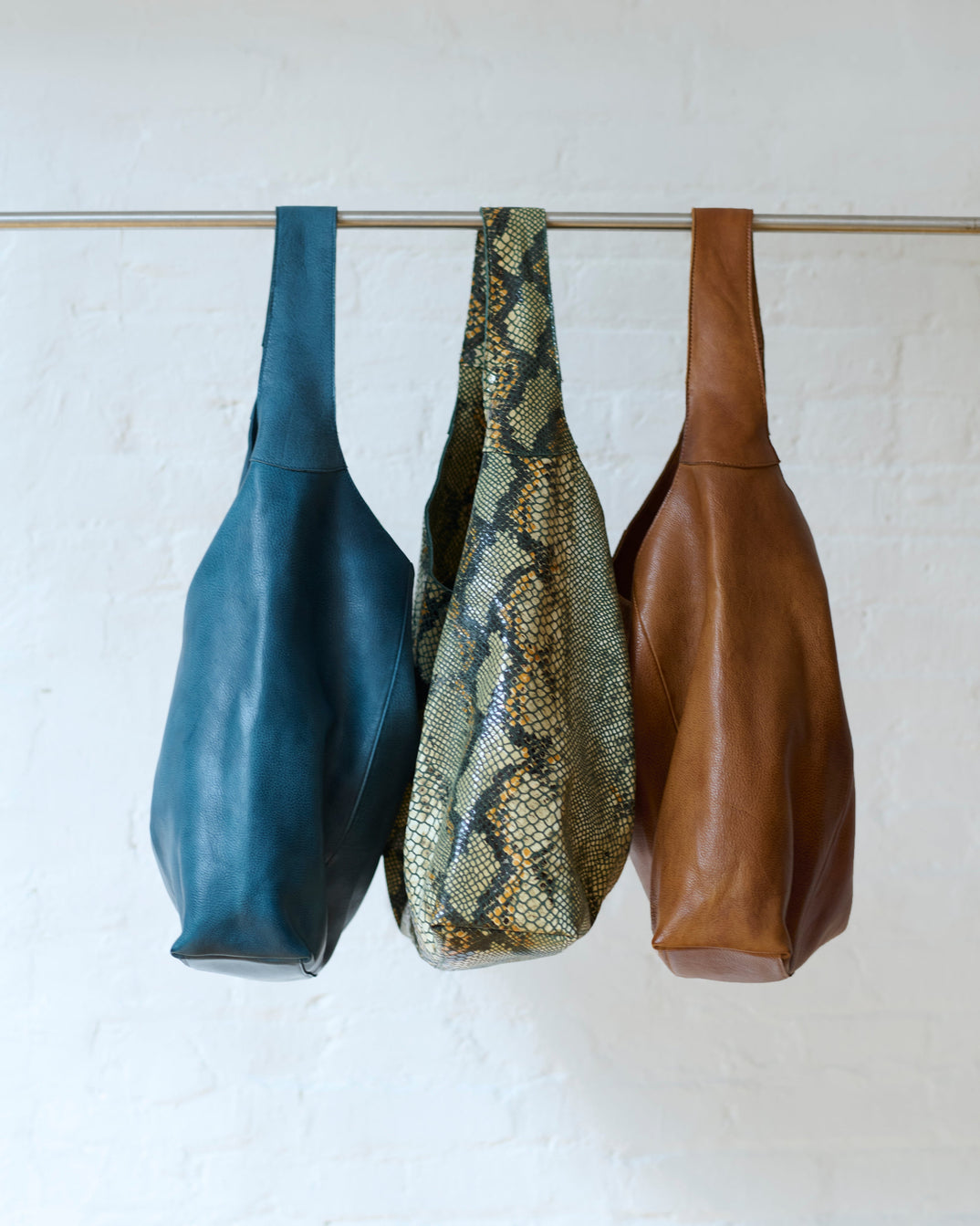
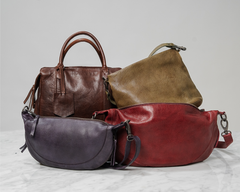
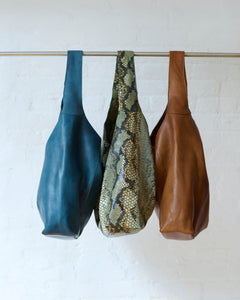
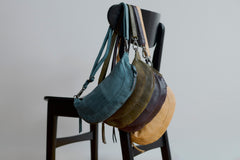
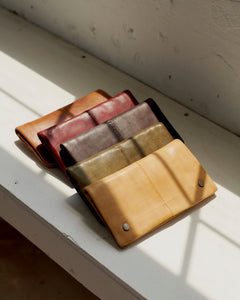


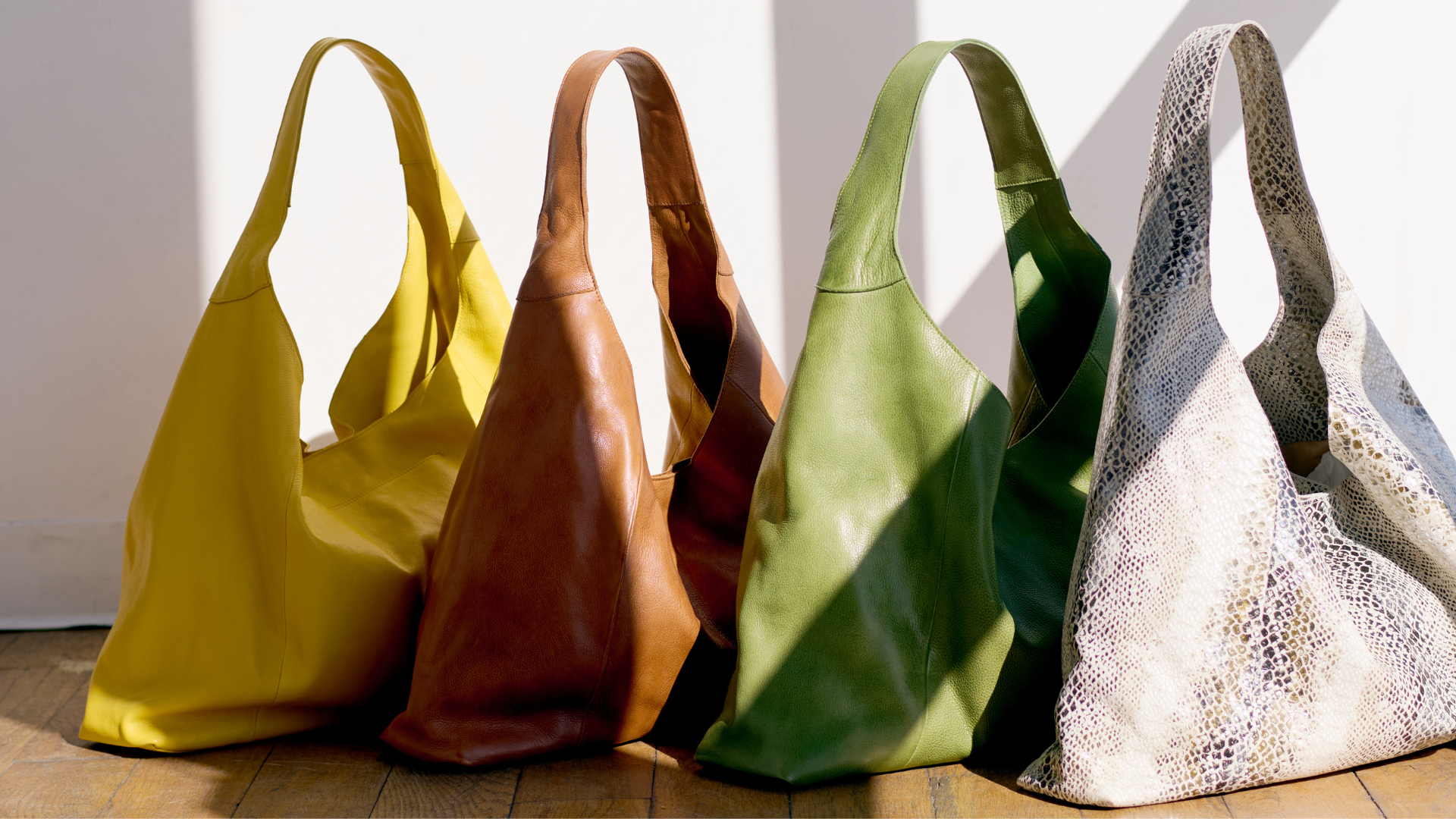
 Black
Black Bubble Black
Bubble Black Charcoal
Charcoal Cognac
Cognac Brown
Brown Cafe
Cafe Walnut
Walnut Almond
Almond Saddle
Saddle Eggplant
Eggplant Oxblood
Oxblood Burgundy
Burgundy Aubergine
Aubergine Tan
Tan Hazel
Hazel Ballet Slipper
Ballet Slipper Blush
Blush Camel
Camel Red
Red Orange
Orange Natural
Natural Burnt Orange
Burnt Orange Poppy
Poppy Plum
Plum Rosa
Rosa White
White Oat
Oat Grey
Grey Cobra
Cobra Desert Trail
Desert Trail Denim
Denim Indigo
Indigo Emerald
Emerald Teal
Teal Turquoise
Turquoise Sky Blue
Sky Blue Grass
Grass Green
Green Moss
Moss Olive
Olive Yellow
Yellow Lemon
Lemon Honey
Honey Chartreuse
Chartreuse Mustard
Mustard
